Just beyond the grotto on the Clara Road and on the lower slopes of Clara Mountain, there is a small old graveyard known as Cillín (or ‘the Cill’ (pronounced “Keel”) Cemetery in English), but known by many as The Famine Graveyard. It is a sad place where many are buried without headstone. Neither is there a list of names of who is buried there.
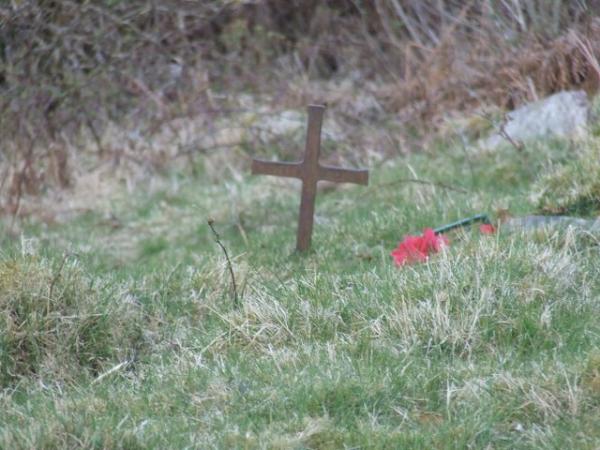
It dates from the middle of the 19th century and was located there because its close proximity to the rear of the Millstreet Union Workhouse (which is now St. Joseph’s Community Hospital). Many victims of the Famine (especially from the Mallow area) are buried there, including unbaptised babies born in the workhouse.
The graveyard is closed a long time now, but a few who have given of their time and energy have been laid to rest there. Hannah Mary O’Connor of West End was buried there because of her commitment to the restoration of the Cemetery and the placement of a large Crucifix in the middle of the sacred area (1965) [Read the comment by Jerry Kelleher below on her family connections to the Keel and the Workhouses]. In 1993, similar permission was given to the family of the late Christopher Fitzgerald who also did much to maintain the Cemetery. Christy’s wife Dorothy was also laid to rest there in 2011. No other person has since been permitted to be buried there.
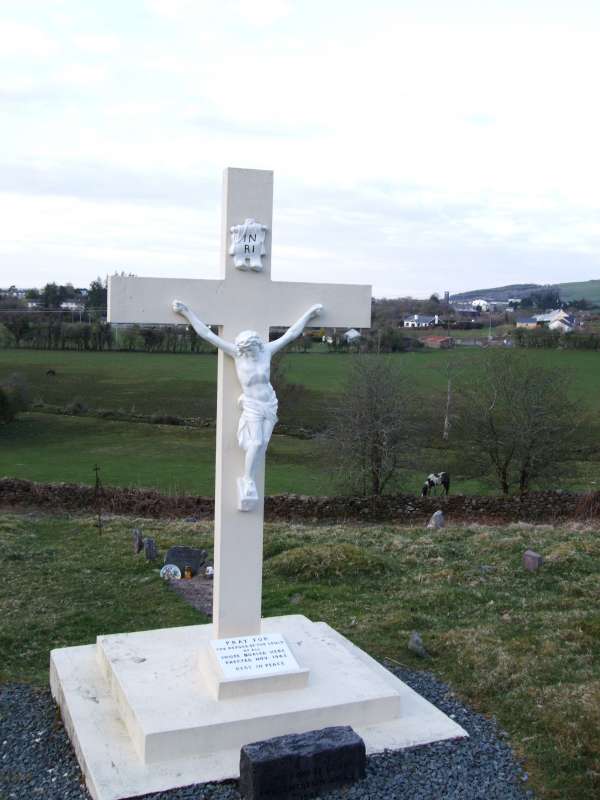
with thanks to Ola for some photos and Seán for information on Cillín
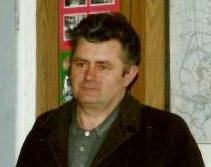
=========
Graveyard name: Union Workhouse Burial Ground
Graveyard Code: CO-INCH-
RMP/Site number: CO-039-236-
RMP Classification: Burial Ground
Townland: Inchileigh
=======
How to get there: From St.Patrick’s Church, go back the Clara Road about 1km, and it is just past the Marion Shrine, on your right. the view from the road is below [map]
======
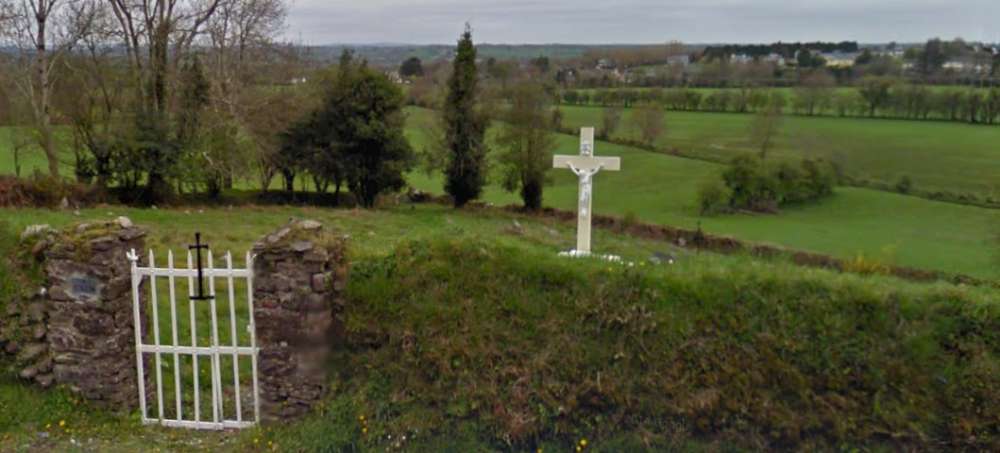


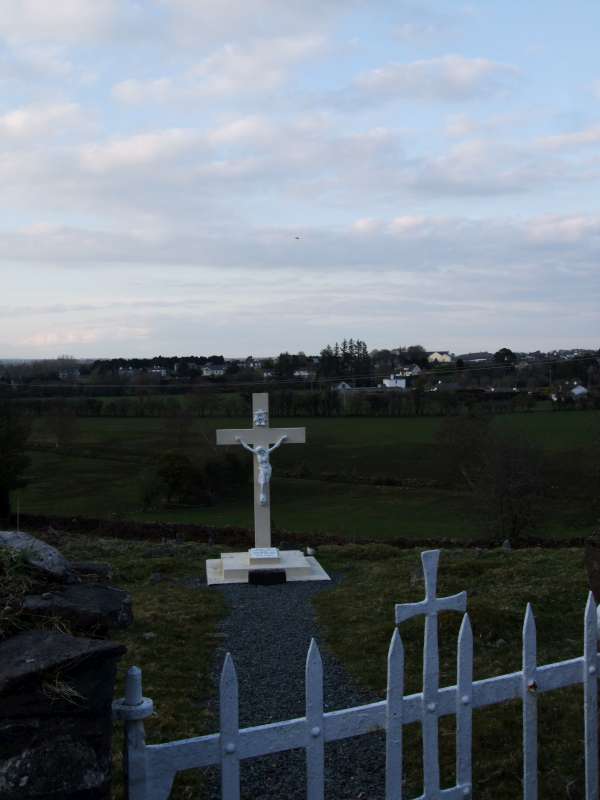

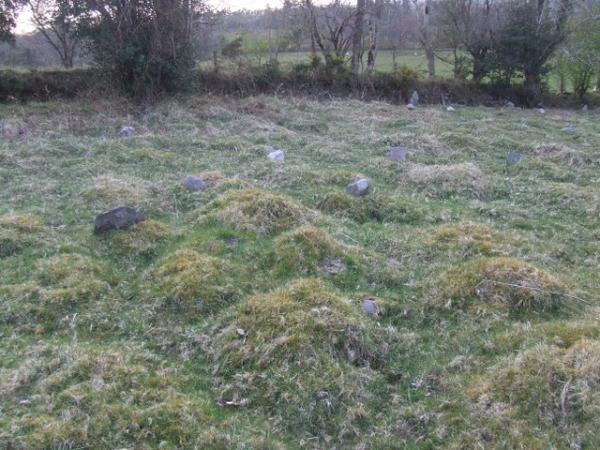
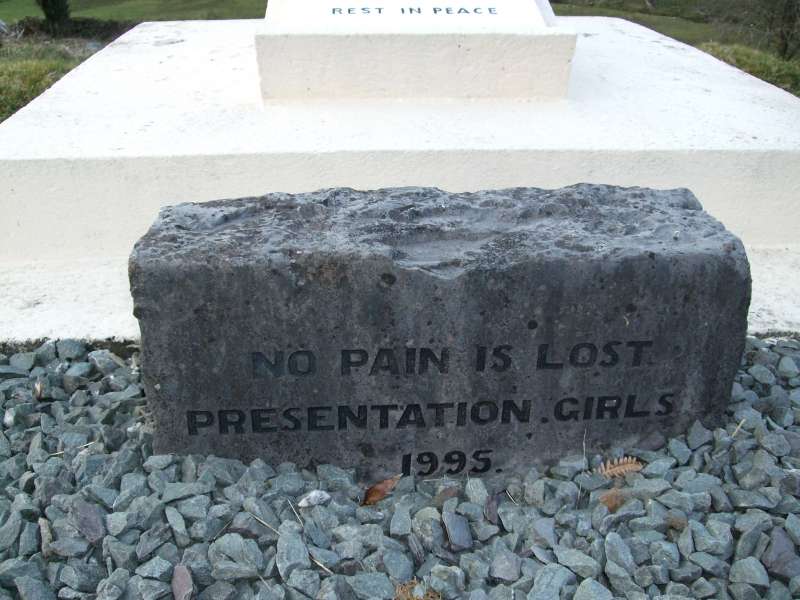

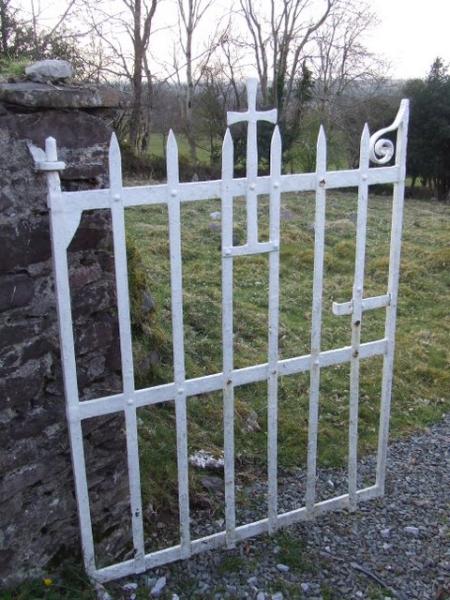
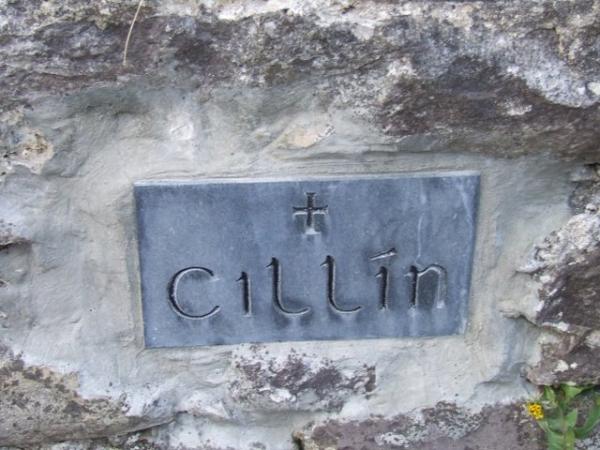
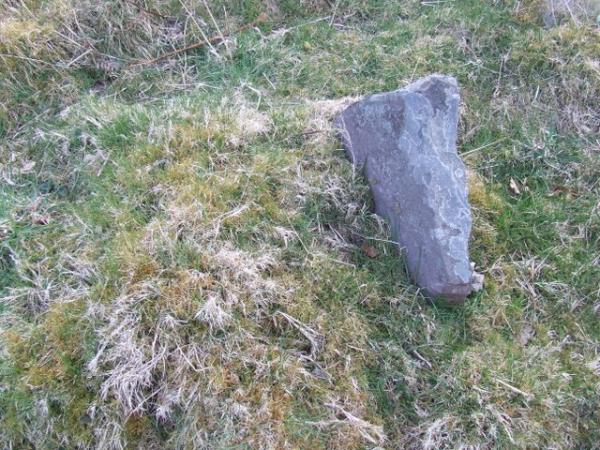
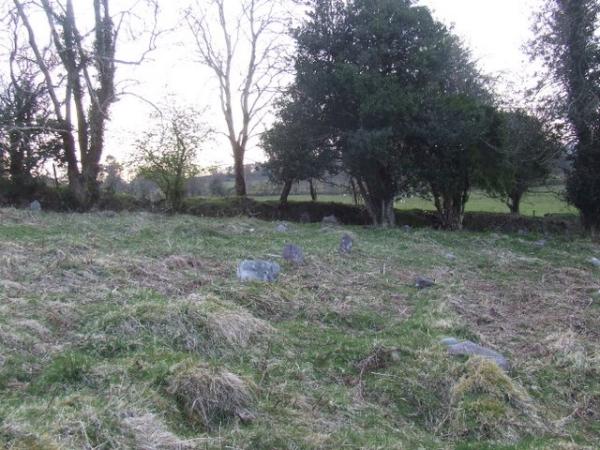

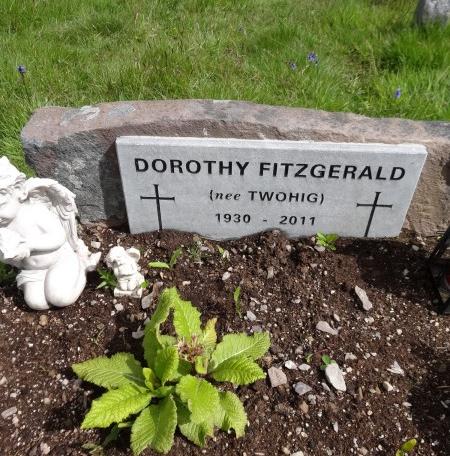
Hannah Mary O’Connor, and the O’Connors connection with the Keel go further back than 1965. One of her brothers Jerome Francis O’Connor, 1890 – 1938, was the last Master of Millstret Workhouse which was burnt by the IRA in May 1921. He was also the last Secretary of Millstreet Rural District Council. The Poor Law Union and Rural District Councils were abolished 1924/26 after which he worked in the North Cork Board of Health in Mallow until 1938. Hannahs other brother Joesph was Clerk of the Poor Law Union as was her father Thadddeus who was both Clerk to the Union and the Rural District Council for many years. Her interest in the graveyard stems from her familys administrative duty of having to bury in the Keel those who had died in the Workhouse. She is buried slighty to the right in front of the Cross which she was involved in errecting.
Does anyone know if records of people using (c.1880) the Millstreet workhouse are kept? If someone died whilst in the workhouse where would this record be kept and where would they be buried
Civil birth (1865-1915)/ marriage (1865-1940) / death registrations (1856-1965) went online with free access in the last few months. The workhouse is mentioned regularly.
https://civilrecords.irishgenealogy.ie/churchrecords/
parish baptism and marriage records (up to about 1890) are also available on the same site
https://churchrecords.irishgenealogy.ie/churchrecords/
I was wondering the same thing John. where can we find these records?
Many of the people who lived at Millstreet Union Workhouse came from the Mallow area. There is a possibility that records may be available from Cork Co. Council, Annabella House, Mallow. Dublin would then be the next possibility.
Re: The Keel and Millstreet Workhouse Records.
The Cork City and County Archive have no records for the Millstreet and Skibereen Workhouses – as they were burnt down.
They do however have some records relating to Milstreet Rural District Council abolished cica 1945/26. It may be worth checking out what they have. Check their website – Cork City and County Archive. Their phone number is 021 – 4505886.
As per John O Connor’s book – The Workhouses of Ireland [the fate of Ireland’s poor] – Anvil Press 1995, pages 178, and 262 Millstreet Workhouse was built and opened in 1852. It was part of the second series of Workhouses built to relieve congestion on the established Workhouses.
As per Appendix 6i – Statement showing the Amount of Workhouse Accommodation in Ireland – 1st May , 1847,[ pages 233 to 238] Macroom and Kanturk, established 1843 and 1844 respectively, were the nearest established workhouses to the Millstreet area. Macroom was built to accommodate 600 and required an additional 60 place during the famine. Kanturk was built to accommodate 850 and an additional 250 places were needed in 1847.
Millstreet Workhouse and the later Workhouses were built to an improved design to meet criticism of the planning shortcomings in the original plans.
The cost of building Millstreet Workhouse was £5,950 in 1852 . The cost of fitting it out was £1,215. It was built on 6 acres of land with the capacity to accommodate 600 people. See pages 262/263 of O Connors book.
Note in particular his observation page 263 that:
“Following the opening of the workhouses, additional adjoining lands, ranging from a few roods up to as many as ten or twelve acres, were acquired at almost all workhouses as sites for ancillary buildings to provide work for the inmates, or as workhouse burial grounds”
It is probable that the Keel was acquired sometime around the mid 1850s for this purpose.
[Incidentally if Ballydaly School is closing down – what steps are being taken to preserve its records, photos, roll books etc? This is an invaluable source of local history for the area. Steps should be taken to preserve for the community. Also detailed photographs of the site, building and grounds, should be taken. What is to become of the building and its contents? ]
My Great-Grandfather Denis Shine was born 1st March 1871 in Millstreet Workhouse. His mother was Mary Shine. I did find somewhere that she came from Cullin then lived in Millstreet working in the kitchens for a family named Herlihy. Denis was baptised with the surname of Herlihy, and when his birth was registered it was Shine.
A great shame the workhouse records are no more. He was baptised on the 2nd march 1871, and the Priest wrote in the church records ‘child very ill, not expected to survive the day’, he died in London just after his 36th birthday.His daughter Kathleen (my Nan) was only 4 years old.
To me it was a miracle that he came to London, if he had died as that baby, I would not be here!